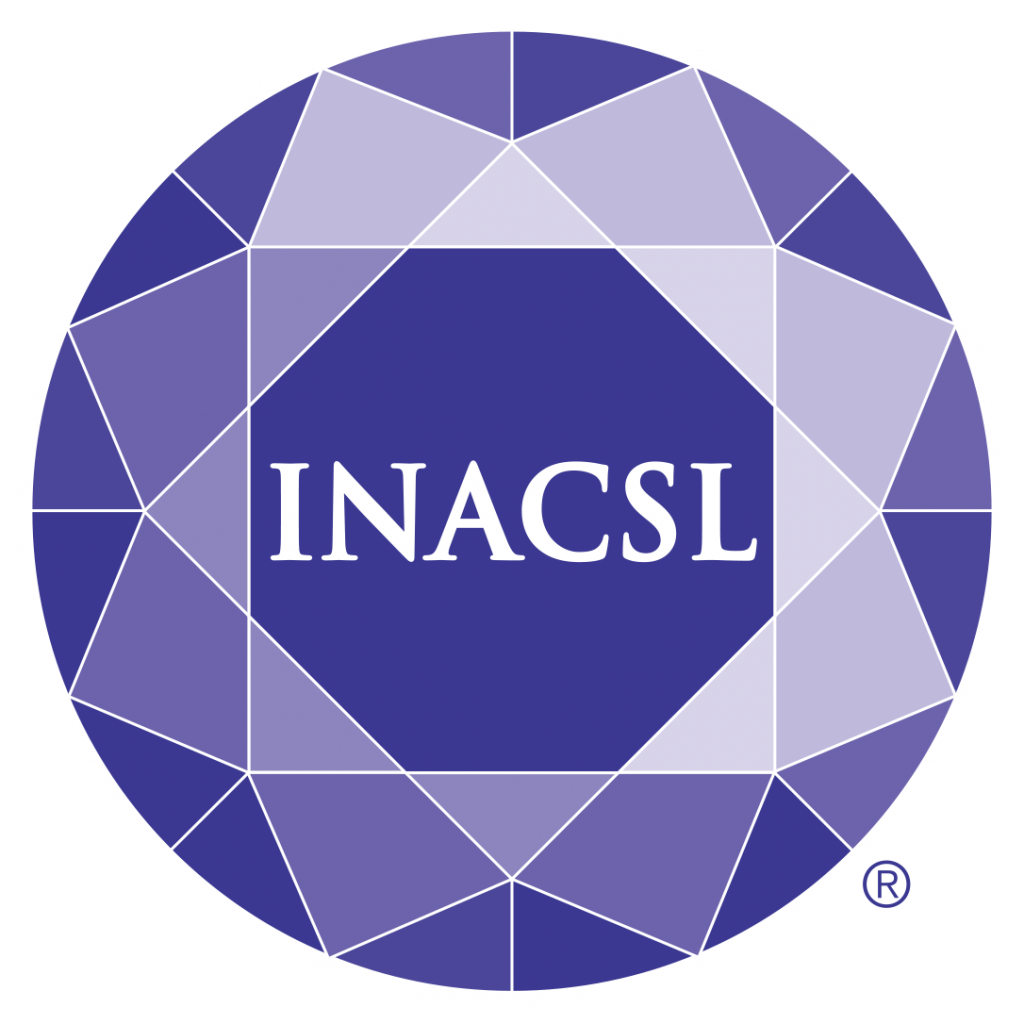This article explores the powerful role of social media in promoting healthcare simulation programs. Platforms like Facebook, LinkedIn, and YouTube offer unique opportunities to enhance visibility, engage with diverse audiences, and foster collaboration. By leveraging these tools, simulation professionals can raise awareness, share educational resources, and drive innovation in healthcare simulation globally.
Exclusive partnership with

In today’s interconnected world, social media has become a vital tool for promoting healthcare simulation programs and raising awareness about the crucial role of simulation professionals. In 2023, an estimated 4.9 billion people used social media, with the average person spending about 145 minutes daily on social media. This includes platforms such as Facebook, LinkedIn, X (formerly Twitter), Instagram, TikTok, and YouTube (Forbes, 2024). These platforms offer unique benefits that can significantly enhance visibility, community engagement, educational outreach, and advocacy efforts. Here is a breakdown of popular platforms and their professional uses.
Facebook: Connecting Communities
Facebook remains one of the most popular social media platforms globally, making it ideal for healthcare simulation programs to connect with a diverse audience. Creating a dedicated page or group allows simulation centers to share updates, success stories, and educational resources with patients, healthcare professionals, educators, and stakeholders. Features like live streaming allow for real-time demonstrations of simulation scenarios, fostering engagement and discussion among followers.
X (Formerly Twitter): Real-time Engagement
Twitter excels in real-time communication and networking, making it an excellent platform for healthcare simulation professionals to share insights, participate in industry discussions, and amplify advocacy efforts. The platform’s concise format encourages the dissemination of quick updates, research findings, and relevant news related to simulation training and patient safety. Hashtags play a crucial role in connecting professionals with trending topics and conferences, allowing them to join global conversations and expand their professional network. Twitter chats and threads enable in-depth discussions on simulation methodologies, challenges, and innovations, fostering a collaborative environment within the healthcare simulation community.
LinkedIn: Professional Networking
LinkedIn stands out as the premier platform for professional networking and career development. Healthcare simulation professionals can showcase their expertise, share research publications, and connect with peers, educators, and industry leaders. Simulation centers can utilize LinkedIn to recruit talent, promote job opportunities, and establish themselves as thought leaders in the field. Groups and forums dedicated to healthcare simulation provide a platform for professionals to exchange best practices, seek advice on complex cases, and collaborate on research projects. LinkedIn’s analytics help track engagement metrics, identify industry trends, and tailor content to enhance visibility and professional networking efforts.
Instagram, YouTube, and TikTok: Visual Storytelling
The emphasis on visual content and storytelling makes these powerful platforms for healthcare simulation programs to engage audiences through compelling images and videos. Simulation centers can showcase simulation labs, training scenarios, and interactive demonstrations to educate followers about the importance of simulation in healthcare education. Some platforms offer interactive features, such as polls and Q&A sessions, to encourage audience participation and feedback, promoting a dynamic and engaging online presence for simulation professionals. Analytics will show the views, likes, downloads, and shares.
The Power of Visibility
Despite the importance of clinical simulations, many simulation programs often operate behind the scenes with limited public awareness of their existence and impact. Social media platforms allow these programs to showcase their work to a broader audience. Simulation centers can attract attention from healthcare professionals, the public, potential students, and stakeholders interested in healthcare innovation by regularly posting updates, success stories, and engaging content.
Social media platforms also provide avenues for career advancement. Platforms offer excellent opportunities for job searches, connecting with potential employers, and increasing your visibility in the job market. By consistently sharing your accomplishments, you build a professional online presence that can attract invitations to present at conferences, participate in projects, and engage in other scholarly activities that will advance your career.
Building a Community
One significant advantage of social media is its ability to build and nurture communities around specific interests or professions. Healthcare simulation professionals, including educators, technicians, and researchers, can use platforms like LinkedIn to connect with peers, share best practices, and participate in discussions that advance the field. Groups and forums dedicated to healthcare simulation allow professionals to exchange ideas, seek advice on challenging cases, and collaborate on research projects. This collaborative environment enhances individual professional development and contributes to continuously improving simulation techniques and curricula.
Educational Resource Sharing
Social media is a vast repository of educational resources, and healthcare simulation programs can leverage this to their advantage. Posting instructional videos, case studies, and simulation demonstrations on platforms like YouTube can provide valuable learning opportunities for healthcare students and professionals worldwide. Live streaming of simulation scenarios or interactive question-and-answer sessions on platforms such as Instagram Live or Twitch can engage viewers in real-time, fostering a deeper understanding of simulation methodologies and their applications in healthcare settings.
Raising Awareness and Advocacy
Beyond education and community-building, social media is crucial in raising awareness and advocating for the importance of healthcare simulation. Advocacy campaigns can highlight the impact of simulation training on patient outcomes, healthcare quality improvement initiatives, and the role of simulation in disaster preparedness.
Social media platforms can enable professionals to participate in trending discussions on healthcare policy, medical education reform, and innovations in patient care. By amplifying their voices through reposts, shares, hashtags, and retweets, simulation professionals can influence public opinion, garner support from policymakers, and attract funding for further research and development.
Challenges and Considerations
While social media offers numerous benefits for promoting healthcare simulation programs and professionals, it also presents challenges. Maintaining a consistent presence requires dedicated resources and careful planning to ensure content is accurate, engaging, and compliant with patient confidentiality and ethical guidelines. Moreover, the fast-paced nature of social media demands responsiveness and adaptability. Simulation programs must be prepared to address inquiries, feedback, and potentially negative comments promptly and professionally.
Conclusion
In conclusion, social media platforms offer healthcare simulation programs and professionals powerful tools to enhance visibility, engage with diverse audiences, share educational resources, and advocate for the importance of simulation in healthcare education and patient safety. By leveraging the unique benefits of social media strategically; simulation professionals can amplify their impact, foster collaboration, and drive innovation in healthcare simulation globally. As these platforms continue to evolve, healthcare simulation programs have an unprecedented opportunity to leverage digital communication to advance their mission and contribute to improving healthcare training and patient outcomes worldwide.
References
Wong, B. & Bottoroff (2023). Top Social Media Statistics And Trends Of 2023′, Forbes Advisor. https://www.forbes.com/advisor/business/social-media-statistics/
READ ALSO








































